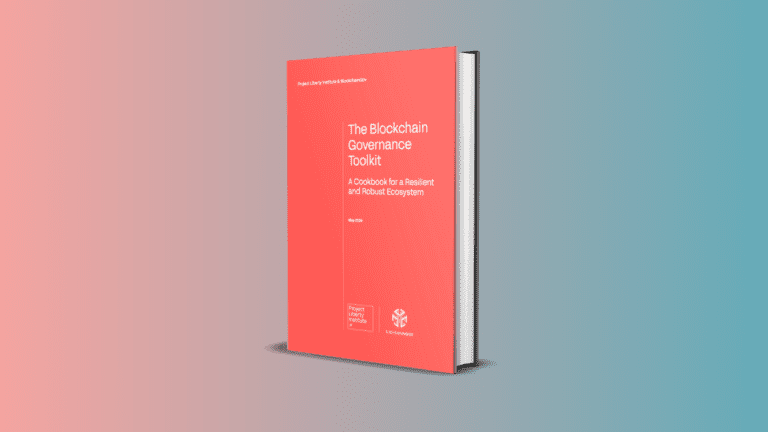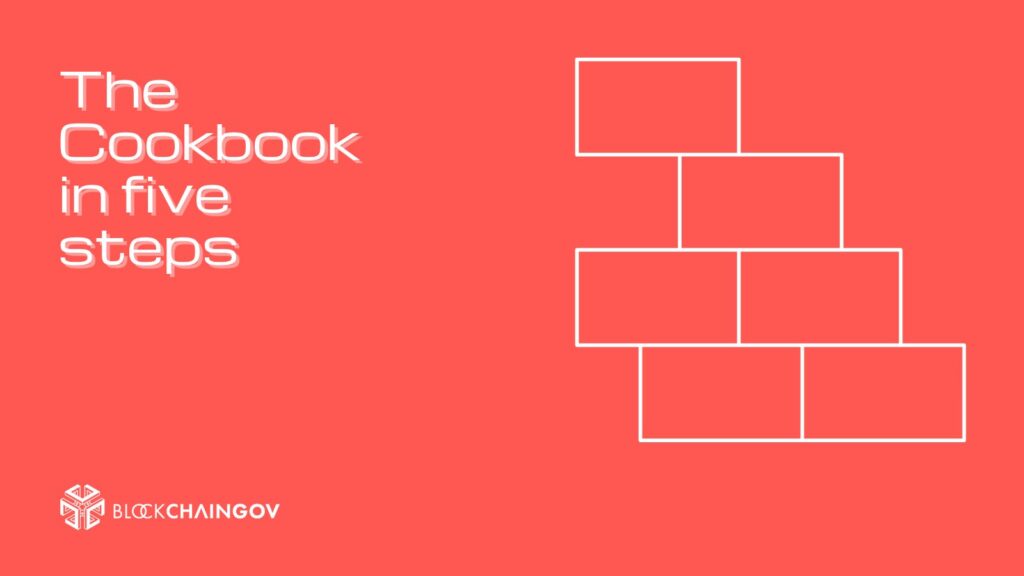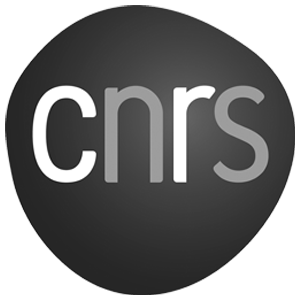The Blockchain Governance Toolkit - A Cookbook for a Resilient and Robust Ecosystem

Download the report here.
BlockchainGov works to support and guide decentralized communities in the process of choosing and implementing their own mechanism of distributed governance.
BlockchainGov has embarked with Project Liberty Institute on year-long research initiative on the governance of blockchain networks and decentralized systems, exploring ways for communities to design governance models that allow people to be represented and express their voices.
Today our collaborative endeavor culminate with “The Blockchain Governance Toolkit – A Cookbook for a Resilient and Robust Ecosystem”!
After investigating the governance dynamics of 11 leading blockchain networks, this toolkit translates our insights into actionable tools and recommendations aiming to pave the way for a more equitable and sustainable technological ecosystem, at large.
Through this toolkit, we aim to help governance designers develop resilient and robust governance systems for their respective blockchain networks, considering their respective preferences, goals, and contexts.
We decided to structure this report as a toolkit (a cookbook) rather than a technical manual so that we can present multiple governance solutions (recipes), each with their unique features (flavors). We articulated five steps for a better governance:
- Step #1 – Blockchain governance requires balancing trade-offs. One must start by picking flavors. Expediency or Participation? Immutability or Adaptability? Determinism or Discretion?
- Step #2 – Governance primitives enable desired designs. Now, pick your ingredients! Expedient → participatory: multi-signature councils to plural voting. Immutable → adaptable: exit-only systems to improvement proposals. Deterministic → discretionary: self-executing systems to rough consensus.
- Step #3 – Resilient governance involves balancing preferences. Strong flavors in check! Adopt power checks for expedient systems and hard forking for immutable systems. You can use blockchain constitutions for adaptable systems or on-chain time-delay for heavily deterministic systems.
- Step #4 – Feedback loops are crucial for refining blockchain governance. Keep improving your recipe! Feedback loops should leverage humans as sensors, especially in systems where technology and society mix in complex ways, such as blockchain governance systems.
- Step #5 – Pick up a legal entity. Now food is ready and must be served! Legal entities aid blockchain participants in balancing ’embeddedness’ and ‘disembeddedness’. By possessing separate legal personalities, they can engage in contracts, own assets, and shield entities from creditors, ensuring both ‘entity’ and ‘owner’ protection.
Hungry for more choice and voice in the technology that impacts your daily life? Have a look at our Blockchain Governance Design Cookbook!











 This site is licensed under a Creative Commons Attribution 4.0 International License. The BlockchainGov project has been funded by an European Research Council Grant.
This site is licensed under a Creative Commons Attribution 4.0 International License. The BlockchainGov project has been funded by an European Research Council Grant.